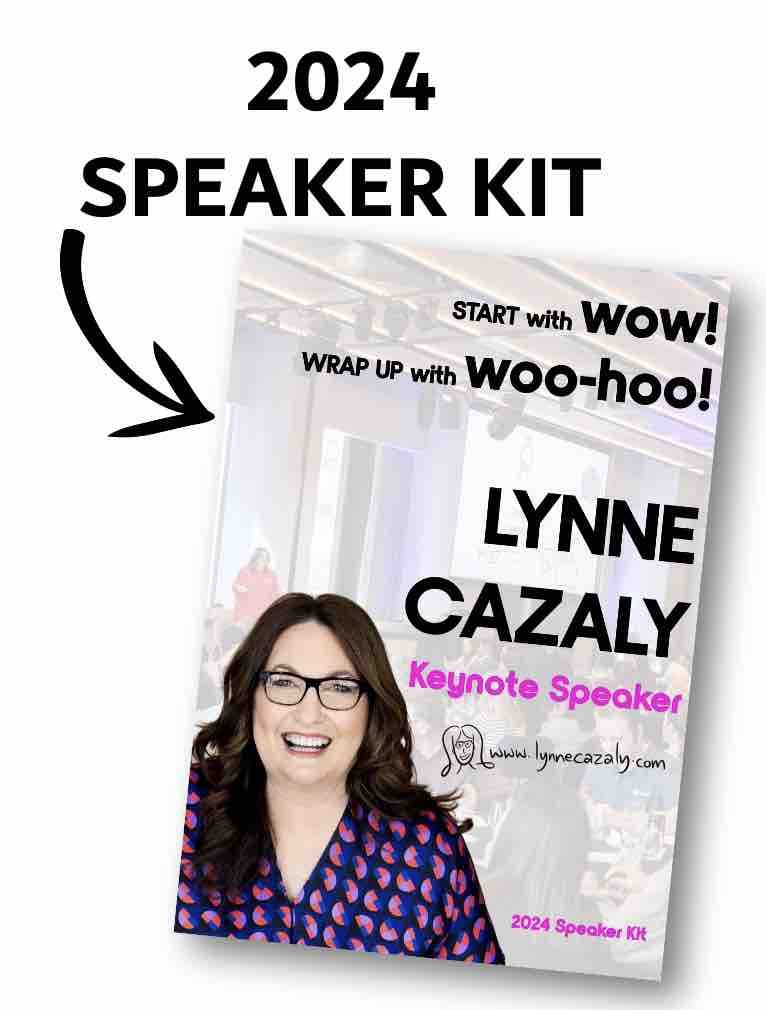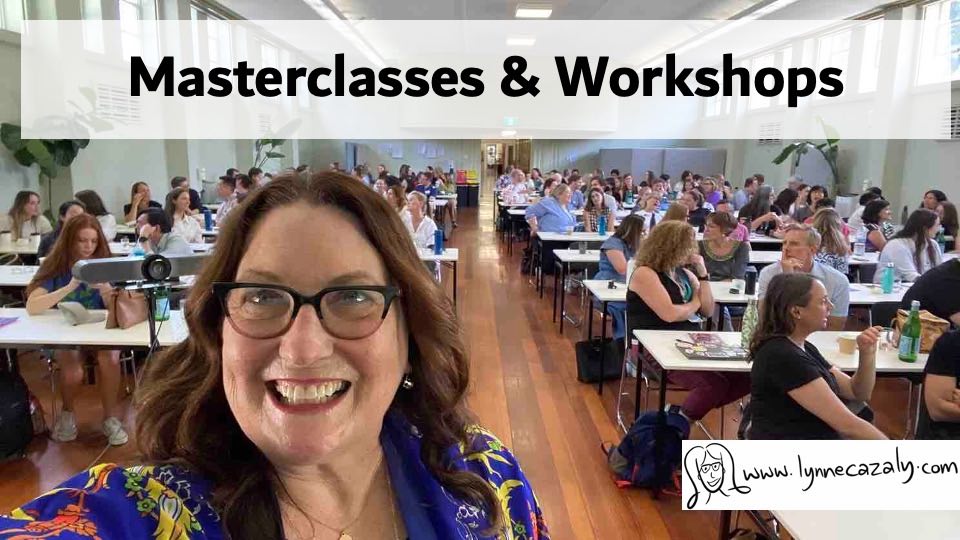A Presentation Unplugged
 Monday, September 3, 2012 at 5:21PM
Monday, September 3, 2012 at 5:21PM It was a brave and creative leader who took up the challenge I gave him recently when I said: 'turn off the data projector; deliver your entire presentation unplugged."
This leader of a national team was about to embark on the classic roadshow; you know, fly about the country or region at great expense (airfares, transfers, accommodation) and present to a room of the organisation's leaders. This room of leaders is there at great expense too! They've stepped away from their work, projects and teams and are about to give their time and attention to your message. You hope.
So without the safety net of his slide show, he unplugged the technology and went with his prepared points, key messages, structures, stories and examples ... plus a flip chart and a thick black chisel point marker.
A 30-minute presentation was broken down to six flip charts that he created in the moment. They included: where the business was now, the challenges ahead, how the business was addressing the challenges and what the call to action was for the people across the organisation. His presentation was scripted and structured using this one-pager which you're free to use.
Rather than those good people snoozing in their seats, they listened and interacted with him. Best of all he said, "they came up at the end of the presentation and pointed to the flip charts; they talked about what I'd presented, they asked questions, they engaged!"
You know you need to reduce your reliance on that data show presentation and to stop that 'click and talk' syndrome, but what do you use instead? Start with a good structure to give your thinking clarity; clarity about key messages. Aim for less wordy content. Get yourself a thick black chisel tip marker and use some strong visuals, created in the moment. Get your thinking clear and they'll get your message.















